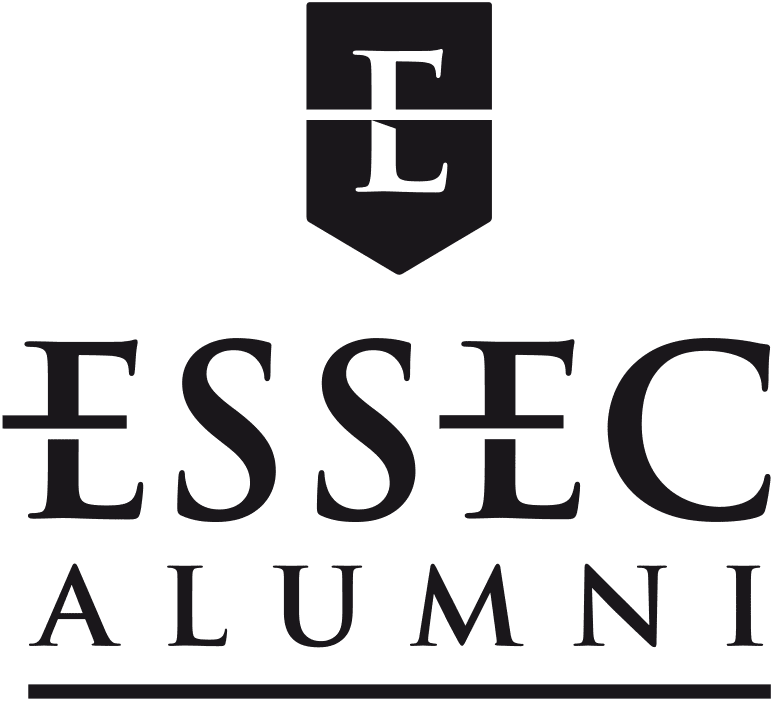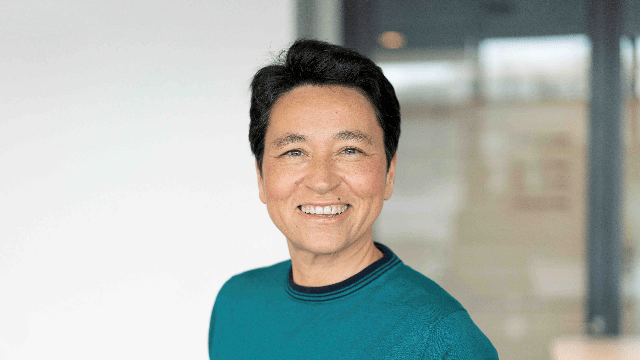Florence Dupré (M95): ‘Only 10% of the World’s CEOs are Women’
Alongside her career as a company leader in the health sector, Florence Dupré (M95) runs the initiative Women for CEO. Her aim is to raise the proportion of women CEOs in the world from 10% to 50% in 10 years.
ESSEC Alumni: What inspired you to launch Women for CEO?
Florence Dupré: Despite genuine efforts on both a political and a corporate level, the proportion of women in CEO roles across the world continues to stagnate at 10%. Based on the current turnover rate for these positions, we’d need more than 80 years to reach parity. This figure also applies to feminised sectors such as healthcare. That’s why collective awareness of the issue is so important, as is the need for concerted action to change the game. It’s not just a question of equality. The facts prove that greater diversity in all ranks of an organisation, including at the top, lead to better performance.
EA: Given this reality, what does Women for CEO propose?
F. Dupré: The aim of our movement is to achieve parity in CEO roles in less than 10 years. To accomplish this rapid shift, we draw on a collective of men and women leaders driven by strong convictions and prepared to reinvent a more inclusive and efficient work environment by using their influential and decisional power.
EA: In practical terms, what actions are you planning to lead?
F. Dupré: We now have 3 levers which we call our ‘steps’. The first step is how women can work on themselves and with each other to build their awareness of the social glass ceiling. The second step is how men can work on themselves and with each other to accept their share of responsibility in the existence of this glass ceiling. The third step is how women and men can work together on the organisation and governance of companies to foster equal access to managerial roles.
EA: Who do you have on your side right now?
F. Dupré: We already have a network of 350 business leaders in addition to numerous experts in diversity and inclusion. We have also set up a scientific committee to analyse the challenges of equality and biases in the workplace, to draft our road map accordingly, and define indicators to measure our progress and adjust our course. The team includes Viviane de Beaufort, lecturer, gender equality officer and founder of the Women Empowerment programmes at ESSEC; Guillaume Alvarez, Corporate Development Director at Global Peter Drucker Forum and strategic head of ThinkYoung; Sophia Belghiti-Mahut, associate professor in Management Science at Paul Valéry - Montpellier III University, and Pascal Huguet, distinguished research fellow at the CNRS, head of the Social & Cognitive Psychology Laboratory (LAPSCO) at Clermont-Auvergne University and member of the French National Education Board’s scientific council.
EA: You are also backed by the ESSEC ecosystem...
F. Dupré: ESSEC plays a key role in the movement with the involvement of both Viviane de Beaufort and Vincenzo Vinzi. Women for CEO can thus draw on the School’s academic work on corporate governance, its commitments to diversity, vast alumni network and expertise in mentorship. I am also honoured to have been made the sponsor of the 15th class of the Women Board Ready training programme.
EA: You are organising an inaugural event for the 17th of October, in partnership with Future4Care. What’s on the programme for this evening?
F. Dupré: We are going to present our road map, submit our 3 steps, 9 priorities and 27 smart goals to participants’ votes, and launch the project to create a skills grid for the inclusive and efficient business leader. We will also present the results of a survey we carried out with Pascal Huguet to gain a clearer picture and assessment of the gender stereotypes in our companies.
EA: What does this survey reveal?
F. Dupré: We used a method based on semantic memory tests to identify our implicit biases, i.e. the biases we are unaware of but which nevertheless influence our behaviour and decisions. These tests consist in measuring the time respondents (male & female) take to associate certain words. We realised, for example, that the association between ‘women’ and ‘mathematics’ tends to emerge more slowly than that of ‘men’ and ‘mathematics’. Compared to explicit indicators such as questionnaires and interviews, these types of implicit indicators reveal our automatisms and prejudices. They offer a more objective view of the mechanisms behind discrimination, which represents the first step to eliminating it. Once we are aware of the biases, it is easier to take them into account in the recruitment or promotion process, and to implement measures to reduce them.
EA: What other actions have you planned for the near future?
F. Dupré: Debriefing sessions with Pascal Huguet for the survey respondents, working groups for each step to (re)validate our deliverables, and collaborative actions with companies around gender stereotypes. You can follow our Women for CEO LinkedIn page to stay updated on our progress.
EA: How can the ESSEC community support your actions?
F. Dupré: You can volunteer for mentoring or coaching, open your network to create networking opportunities and facilitate access for talented women to leadership roles, or, if you are a woman in a high-ranking position, you can share your career path and advice during events or webinars. If you are in a position to do so, don’t hesitate to engage your company in a partnership with Women for CEO to promote diversity or research in female leadership. Lastly, if you have the means, you can also make a donation to us.
EA: Beyond Women for CEO, what other actions do you see as necessary to achieve gender equality in positions of power?
F. Dupré: The legislative framework needs to be strengthened further by developing and enforcing laws for equality at work, such as the law on gender quotas on administration boards. Education and awareness also play an essential role in deconstructing stereotypes from the earliest age. Other ideas, in no particular order, include: support schemes for female entrepreneurship, policies with regard to work-life balance, vocational training targeted at high-potential women, visibility campaigns for successful female role models, or equality measuring and reporting tools, and all that with the active involvement of both men and women in both the public and private spheres.
EA: What resources could you recommend to ESSEC members wishing to learn more or become involved in this area?
F. Dupré: I recommend having a look at the content of 2GAP, a worldwide organisation of female and mixed professional networks in the public and private sectors; exploring the assessments, analyses and other documents of the European Social Fund; participating in the many events on diversity organised by ESSEC, and to take action, follow the ESSEC Executive Education Women and Talents programme, and join Women for CEO, of course!
Interview by Louis Armengaud Wurmser (E10), Content Manager at ESSEC Alumni
Do you want more quality content about the ESSEC community? Join us now!

Comments0
Please log in to see or add a comment
Suggested Articles


